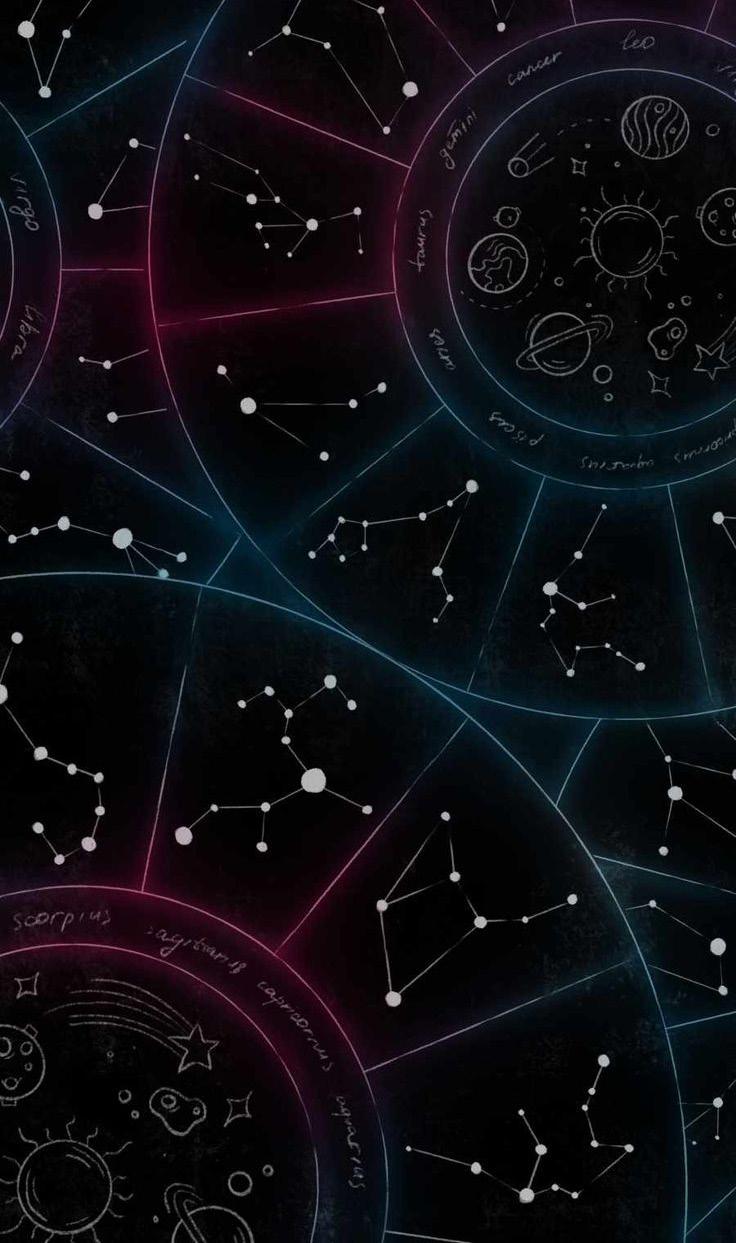
2 minute read
Genre Deep Dive: Emo
by Kassidee Wozniak News Editor
In the late 1990s and early 2000s, a form of music rising through the decades, emo, began to resonate amongst teenagers of a new generation.
Advertisement
This was also around the time when the emo subculture emerged alongside the prime of Myspace, a social media platform known for jumpstarting the careers of some iconic emo bands.
Explaining the genre’s evolving history and musicians associated with it can awaken one’s inner emo kid.
Emo music is the subgenre that combines the sound of alternative, indie and punk rock; originating during the mid1980s in Washington, D.C. Musical groups involved in emo’s first-wave included Beefeater, Embrace, Fugazi, Dag Nasty, and Rites of Spring.
Throughout the 80s and 90s, the genre served as an alternative to the angsty punk hardcore music scene at the time.
This new sound shifted the focus of using lyrics to express sentimental subjects like failed rela- coronavirus outbreak, a deeper look into the verses shows this song is about diverting from harsh criticisms to maintain good mental health.
Themes of mental health do not stop there, as “The News” critiques the constant flood of pessimistic stories on social media and mainstream news outlets.
“Shut your eyes, but it won’t go away/Turn on, turn off, the news,” pleads Williams in the chorus. Sincere anger and electric performances throw this track over the edge into a new level of energy that can’t be felt in any other song on the tracklist.
Highlights like “You First” and “Running Out of Time” continue these themes of mental reflection. The former is another punk jam that uses an old parable involving wolves as a metaphor for an internal fight between good and evil. The latter illustrates the difficulties of managing an uncontrollable schedule. “Liar,” “Crave,” and “Thick Skull,” which are all moody and retrospective cuts, help the second half of the record distinguish itself from the loud and angry first half.
On “Thick Skull,” one of Williams most personal songs, she lets out all of her insecurities accrued over the years from critics and haters, making a powerful statement about rampant criticism thrown towards artists.
While far from uninteresting, “C’est Comme Ça” could rework its repetitive chorus since it teeters between being a fun ear-worm to a downright annoyance.
The spoken word verses are unexpected, but work toward what the song is about, focusing on bettering mental health while remaining ambivalent to outside chaos. Calling this the lowlight of the album sounds harsh, but considering the quality songwriting for all of the other tracks, it is easy to single this one song out for its minor issues.
“This is Why” proves to Paramore’s audience that the band has moved beyond the past, but still has great respect for their origins. Williams knows how to utilize her anger, opting to take her aggressive adolescent energy, reminiscent of previous albums, and turn it into a force of reflection and analysis. Despite the polarizing reactions from some fans who criticize the album for deviating from their early sound, Paramore successfully reaffirms their place as one of modern rock’s best groups.








